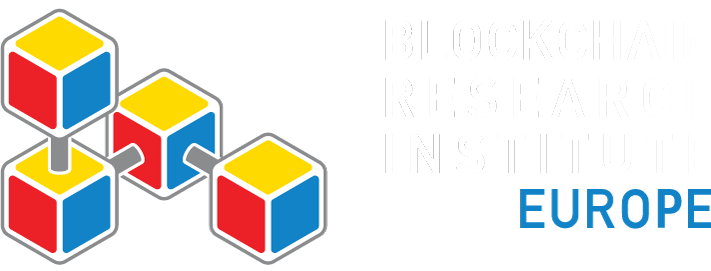Blockchain and the Disruption of the Life Insurance Industry
Report Overview
Author: Bob Tapscott
Release Date: December 23, 2019
Abstract:
This research explores how blockchain technologies could address the challenges of the market for life insurance. Through initiatives such as open IDL and consortia such as B3i and The Institutes RiskStream Collaborative, the insurance industry is exploring use cases where blockchain could deliver near-seamless automated processes, more secure data sharing, uniform compliance, and better fraud prevention. New business models such as peer-to-peer insurance and insurance-as-a-service will likely gain traction as insurance technology start-ups move into life insurance.
